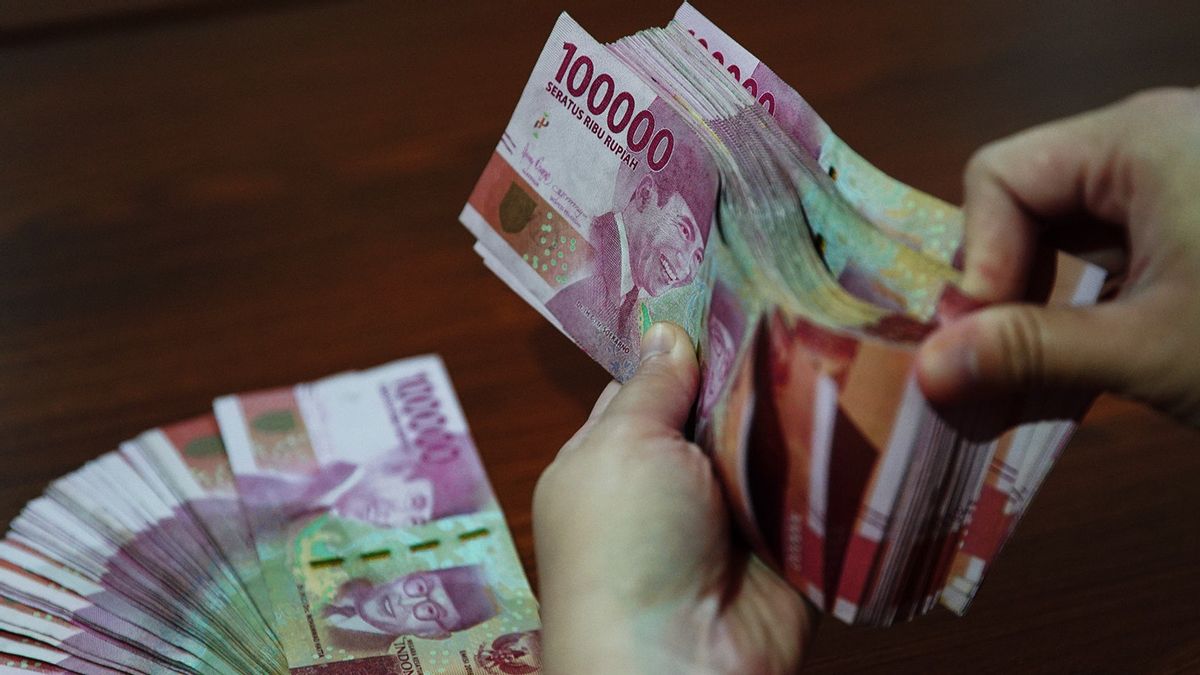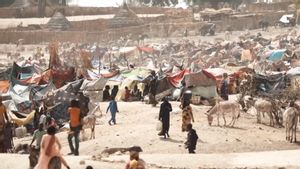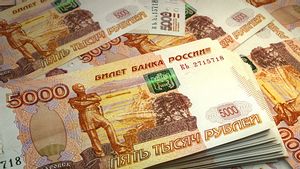JAKARTA - More than 196 countries in the world have issued stimuli to revive economic conditions due to the COVID-19 pandemic. The amount of stiumulus issued by each country varies depending on the needs.
In the G-20 countries or groups of countries with large economic conditions in the world, Indonesia is ranked 16th or 4th from the bottom based on the amount of stimulus spending.
"Indeed, Indonesia has the capacity (stimulus, red) fiscal (conditions that exist at the time) of 4.2 percent of GDP (gross domestic product)," said Head of Fiscal Policy Agency (BKF) Ministry of Finance Febrio Nathan Kacaribu in a virtual discussion. Bisnis Indonesia, Tuesday, July 28.
The G-20 country with the largest amount of fiscal stimulus is Germany with a value of 24 percent of the country's GDP. Second is Japan with 18 percent of GDP, Italy 14.6 percent of GDP, Britain 14 percent, the United States 13.6 percent.
Then, Australia with a fiscal stimulus of 10.1 percent of GDP, France 10 percent, Canada 9.5 percent, Korea 9 percent, Brazil 8.6 percent, China 5.2 percent, South Africa 6 percent, India 5.2 percent, Argentina 4.8 percent, Turkey 4.3 percent, Indonesia 4.2 percent, Saudi Arabia 2.6 percent, Russia 1.8 percent, and Mexico 1 percent.
"If you look at it, big countries are really underdeveloped in issuing their fiscal stimulus," said Febrio.
He outlined several stimulus programs for the G-20 countries. In America, Stimulus is used for emergency spending for handling COVID-19, especially vaccine development, social security programs, direct cash assistance, business incentives, and lowering interest rates.
Meanwhile, in China, it has poured a stimulus for the health budget to prevent COVID-19 to the production of medical devices, tax incentives, lowering interest rates, suspicion of loan payments, and MSME credit facilities.
The stimulus in Indonesia, in fact, is not much different from other countries. However, the basic logic of stimulus spending in Indonesia looks at the household side first.
"We look at the most vulnerable households. We make sure PKH continues and is strong, social assistance is added so that the most vulnerable community groups are the most guarded," said Febrio.
"Logically, after that enter the business sector stimulus. Logically, from the most vulnerable first, informal, MSMEs, micro, corporations, to large stocks," he added.
The English, Chinese, Japanese, Arabic, and French versions are automatically generated by the AI. So there may still be inaccuracies in translating, please always see Indonesian as our main language. (system supported by DigitalSiber.id)












